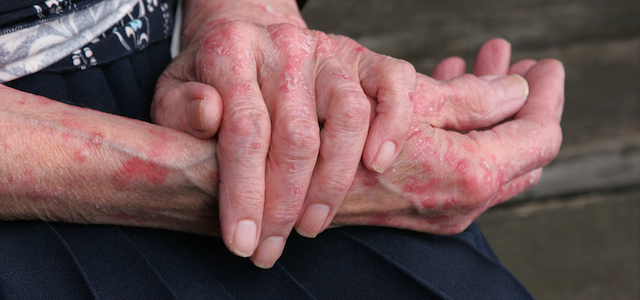
Skin infections occur when bacteria, fungi or viruses enter the skin. This usually occurs where the skin has been broken, scraped or cut.
Symptoms
Symptoms for a bacterial skin infection include: redness of the skin, boils, and rashes. The skin is usually hot to the touch and tender, particularly with movement. Fever may occur in some cases.
Fungal skin infections have a variety of symptoms that depends on the type of fungus and the affected area of the body. Common areas for fungal infections are the feet, nails and groin. Fungal skin infections are generally painless scaly patches. They can be itchy or red.
Symptoms of a viral skin infection are dependent on the type of virus contracted and the area that has been affected. Generally a viral rash is part of a larger, systemic illness. Common symptoms include, upper respiratory symptoms, fever, or headache.
Who is at Risk?
Skin infections affect all age groups. Be sure to clean breaks to the skin with soap and water. If the wound is from a dirty source (e.g. contamination with dirt, food or other waste) a topical antibiotic may be helpful. A bacterial or fungal infection may still result and require treatment.
Treatment of Skin Infections
There are several steps you can take to help treat a bacterial skin infection:
- Apply a warm compress to the infected area
- Take antibiotics or antifungal agents as prescribed by a medical provider

